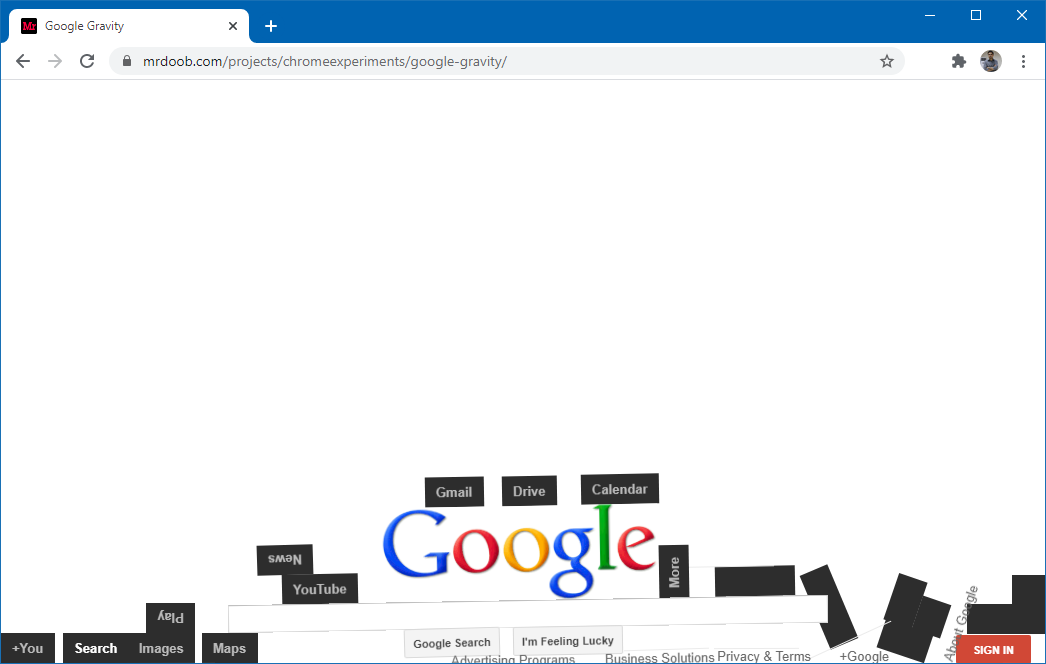With the school schedule of today, the students generally have heaps of assignments, almost due, and complex study materials. Study and memorization are the secret to studying success, but there is one down-to-earth yet incredibly powerful tool that can actually make a student’s learning experience better—self-reflection. Self-reflection is easy to put on paper, but it is a doozy if implemented in the students’ studying process. In this article, we’ll explore why self-reflection is crucial for students, how it can improve academic performance, and practical ways to incorporate it into daily routines. Additionally, we’ll discuss how this skill can be particularly helpful when looking for effective assignment help.
What is Self-Reflection?
Before knowing the usefulness and usage of self-reflection, one should get familiarized with what self-reflection actually is. Self-reflection essentially is a matter of reflecting a lot on actions, thoughts, and experiences done by oneself. It is essentially a self-searching of one’s strengths and weaknesses, errors, and accomplishments. For a student, it is reflecting how they learn, study habits, and even management of time.
In a sense, self-reflection is knowing oneself. When sometimes students reflect on themselves, they can know where they are doing their best and where they have to work harder. Not only are they good students, but they also know more about their academic and personal development.
Why Self-Reflection Is Important to Students?
1. Better Understanding and Memorization of Facts
Students are likely to feel inundated with so much information, and it is simple to miss important concepts or material to become too cumbersome. Practicing what one is studying allows students to reinforce what they are learning and put it in memory more effectively. Students are forced to consider the relevance of new information to prior knowledge when they consider new ideas, and this enables learning more intensely. For students struggling with this process, seeking assignment help can provide valuable guidance in reinforcing key concepts and improving retention.
Reflective thinking helps students learn better because they are constructively challenging their brains with information as opposed to passive reading or listening. This qualifies self-reflection as an excellent learning mechanism.
2. Enhanced Critical Thinking Ability
Self-reflection incorporates critical thinking about students’ ideas, actions, and thought processes. “What worked?” or “What would I have done differently?” type questions make the students critical when doing tasks, learning, and testing. Critical thinking is enhanced through the process of analysis and not merely in ensuring school achievement but also after school in adult life.
Critical thinking helps students solve problems more effectively, make sound judgments, and analyze issues from various angles. Critical thinking will also come in handy when looking for assignment help because the students will be able to better understand what sources and methods work best for them.
3. Identification of Strengths and Weaknesses
One of the biggest advantages of self-knowledge is that one can choose his/her weakness and strength. For instance, if a student learns that he/she is weak in procrastination or time management, then he/she can try to identify the reason behind so doing and halt it. In the same manner, through competency area identification, the students can use them in order to develop an advantage over other dimensions of their school performance.
Knowledge of strengths and weaknesses also proves useful when choosing specialist assignment assistance. One can search for direct instruction or materials that have the potential to bridge gaps, resulting in enhanced performance.
4. Better Time Management
One of the most frequent complaints that students present is time management, particularly in the proximity of deadlines and so many tasks racing against other activities. Through this process of introspection, one can observe one’s own doing as much as tracking time and whether or not they’re prioritizing at all like they should.
When students sit to think about their study habit and time management, they can make a change not to get burned out and be effective. In establishing a study habit or task fragmenting, reflection is required to be more effective and systematic.
5. Personal Growth and Development
Scholarly study is not learning—learning is developing as a person. By reflection, students become aware of themselves, the initial step toward becoming a grown-up individual. Ongoing reflection about experience, issues, and successes enable the learners to know better themselves as learners and as people.
This self-improvement process can develop more confident and self-assured individuals in them that also help them succeed in their life. Students will be motivated and directed towards long-term objectives by viewing their own development.
6. Enhanced Motivation and Goal Orientation
Reflection is linked with goal setting. Students reflecting on where they are stuck and how they are progressing in which ways set realistic and achievable academic goals. By setting improvement areas, the students are given a blueprint to success and thus make learning purposeful.
Motivation is necessary to remain focused, and continuous reflection still stimulates students by maintaining the focus. Through observation of improvement through reflection, students are encouraged to go an extra step and put more effort towards being perfect.
How to Use Self-Reflection to Everyday Learning
Now that the importance of self-reflection has been understood, the question is: how do students incorporate this valuable tool into their daily study practice? Here are some tips and tricks to assist students in incorporating self-reflection into their daily study practice.
1. Maintain a Learning Journal
One of the easiest but most powerful things you can do to reflect on yourself is to keep a learning diary. Take five minutes at the end of every study session and record what went wrong and what you did wrong, and how you would improve it next time. Reflect on the ideas that were difficult to understand and record things that could work better for you to learn them the next time.
Journaling helps the students track their own progress from time to time and gives them a sense of learning trends.
2. Take Time to Reflect
The students will be caught up in the circle of deadline, exam, and project. But quality time spent on reflection will turn the table. This is achievable after office hours or after completing some major project. Then reflect on your learning process, reflect on your goal, and reflect on your improvement.
Even mere 10 to 15 minutes of dedicated thinking will be able to make students realize where they need to work and be attentive towards what they want to achieve in studies.
3. Use Reflective Questions
To introduce reflection among the students, students can use reflective questions through which students can reflectively observe their learning process. Some of them are:
- “What did I learn today
- What were my issues, and how did I fix them?
- What else might I have done
- How am I somehow going to apply what I’ve learned in the future to other assignments or projects?
- What are my strengths, and how am I somehow going to use them so that it amounts to more success?
These are the types of questions that trigger more critical thinking and enable the students to pay attention to some aspects of learning.
4. Ask for Feedback and Assess It
In addition to reflection, taking feedback from peers, tutors, or lecturers also works. Once you have taken the feedback, go through it and try reflecting on what went well and where you can be better. Having outside perspectives to include in your reflective process adds another element of understanding that you can use to enhance learning.
5. Reflect on Past Assignments and Tests
Going back and reviewing work and exams is an important aspect of reflection. Spend a few minutes thinking about your past work, particularly those you struggled with. Consider what you can do differently next time, what you did right, and how you can transfer those standards to future work.
Looking back at previous work gives you a clear idea of how your learning has changed and how you can change with the next assignment.
How Self-Reflection Helped with the Assignment Search
At times the student may be experiencing difficulties with assignment work, comprehending course work, improving time management, or procrastination. Self-reflection in this case too works. Getting mentally into one’s head what actually went wrong while doing an assignment is best to help a student realize where they are making mistakes on assignments.
For instance, a student struggling with time management while studying can choose to seek to comprehend their procrastination in a manner that they recognize they need a proper study timetable or external assistance. In this situation, it is not a minus to solicit assignment help from experts. Sectors that they require assistance in are divided into divisions that assist students in knowing what equipment or professional experts can complement them to accomplish the task and deliver quality work.
Conclusion
Self-reflection is a fantastic tool that can turn a student’s learning process around. From improved understanding and recall of facts to critical thinking and enhanced time management, the benefits are evident. By keeping an eye on their work now and then, students will be better placed to remain motivated, build positive objectives, and be a better person.
For students who need additional support in completing assignments, self-reflection helps pinpoint the areas where assistance is needed. Services like Assignment in Need (assignnmentinneed.com) can offer the guidance and expertise necessary to tackle difficult tasks and enhance academic performance.
By making self-reflection a regular part of your academic routine, you’ll not only improve your grades but also gain the tools needed to succeed in all areas of life.










